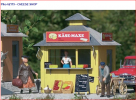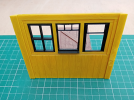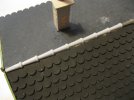Depends who's doing the running! Obviously highly embarrassing for the runner who gets overtaken by a pedestrian.Pedestrians walk - definition of pedestrian.
Runners, according to the Highway Code should run on the same side as the traffic

People running, or walking, on the carriage way SHOULD always face the oncoming traffic, except on bends where crossing over to be more visible, or for better forward views may be the better option. Unfortunately, as in all things, there's some right gits out there who think they're above such things as courtesy. PS don't get me started on the total tw*ts who use the pavements as their very own veloton.



